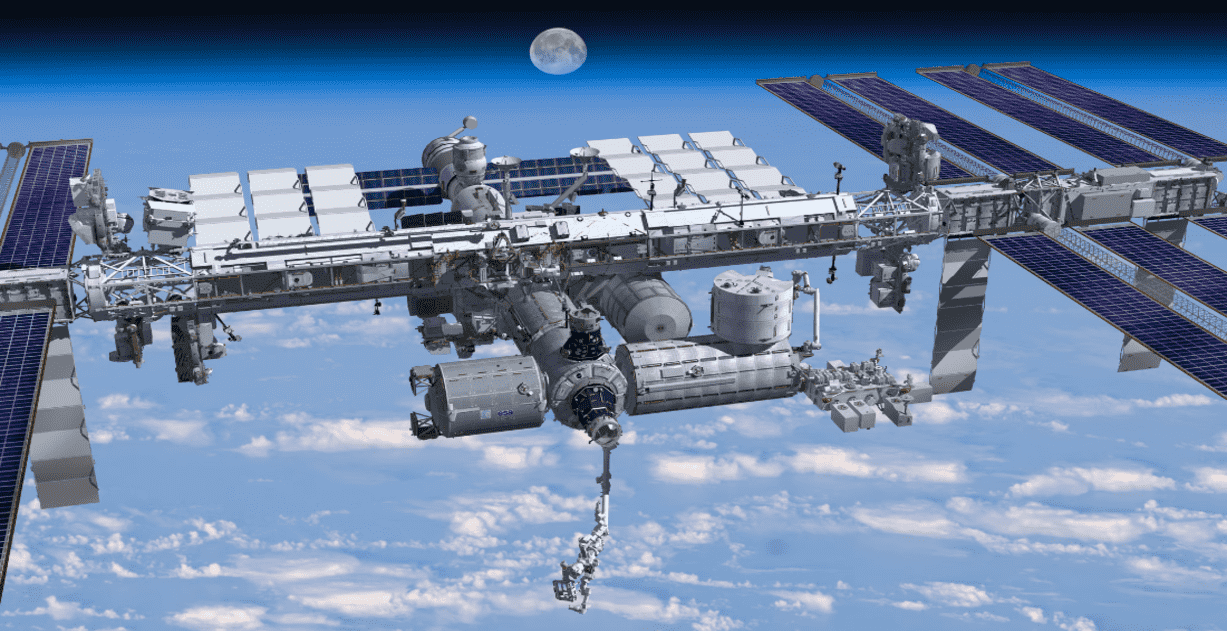Buckle Up: SpaceX's Involvement to Catapult America's Next Space Station into the Future

The International Space Station represents a remarkable feat of technology. From the Zarya power and propulsion module’s launch in 1998 to the recent installation of its latest solar array, the ISS has been constructed over a span of more than 25 years, involving 42 space launches and a total cost of $150 billion. Measuring 108.5 meters from end to end, the ISS offers 1,005 cubic meters of pressurized volume, with approximately 39% (388 cubic meters) being habitable.
However, advancements in science and technology since 1998 have paved the way for the potential replacement of the ISS with a larger and more functional space station, all through a single space launch. Various teams, including Vast Space, Axiom Space, Blue Origin, Sierra Space, Boeing, Redwire, and Voyager Space, are collaborating with NASA to develop new privately owned and operated space stations. These initiatives aim to enhance space exploration and research capabilities beyond the ISS’s expected lifespan, which is projected to end around 2031.
On January 31st, the Starlab space station team made an announcement regarding their partnership with SpaceX. They revealed that SpaceX has been hired to launch the entire Starlab space station, or at least its first module, into Low Earth Orbit. This launch is planned to take place in a single mission before the International Space Station is decommissioned. The target year for this launch is 2028.
For this mission, SpaceX will utilize their new Starship megarocket. The companies involved have stated that Starlab will be fully equipped on the ground and prepared to accommodate four crew members permanently in Low Earth Orbit. The purpose of this space station will be to conduct microgravity research and advance scientific discoveries.
The question arises: How is it possible to replace a mega-space station that required 42 rocket launches to assemble with a new space station launched in a single mission? Tom Ochinero, the Senior Vice President for commercial business at SpaceX, explains that Starlab’s single-launch solution will not only demonstrate what is achievable but also showcase the present reality of commercial space endeavors.
It is true that Starship has not yet reached orbit. However, once it does, it will be an exceptionally large rocket with unparalleled performance. The current rockets built by Russian, American, and European companies have a maximum diameter of 4.2 meters, which limits the size of the modules that can be transported to the International Space Station. After all, the cargo cannot be larger than the rocket carrying it.
In contrast, Starship will feature a cargo section that is 22 meters long and nine meters in diameter internally at its widest point. This allows it to accommodate a payload like Starlab, which measures eight meters or more in diameter. According to the experts at Payload Space, this translates to a cargo capacity of 1,000 cubic meters.
Overall, the collaboration between Starlab and SpaceX, utilizing the capabilities of the Starship megarocket, presents an innovative solution for launching a space station with a single mission. It showcases the advancements in commercial space technology and the potential for future endeavors in space exploration.


